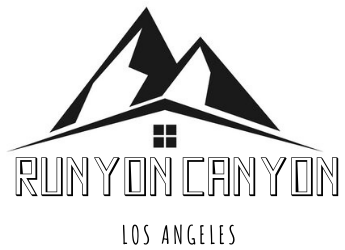Who gets cancer more kids or adults?
Approximately 10,600 cases of cancer are diagnosed in children under age 15 in the United States every year, compared to more than 1.7 million in adults (not including the most common form of skin cancer), according to the American Cancer Society. Some types of cancer are more prevalent in children.
Is cancer worse in children?
This might be because of differences in the cancers themselves, as well as because children often get more intense treatments. Also, children usually don’t have many of the other health problems that adults with cancer might have, which can often get worse with treatment.
When are childhood cancers most often diagnosed?
Epidemiology of childhood cancer Cancer in children can occur at any age, with peaks of incidence during infancy when neuroblastoma is most common and between the ages of 2 and 4 when leukemia is the most common.
At what age is childhood cancer diagnosed?
The average age at diagnosis is 8 overall (ages 0 to 19), 5 years old for children (aged 0 to 14), and 17 years old for adolescents (aged 15 to 19) (9), while adults’ average age for cancer diagnosis is 65.
What is the most common childhood cancer?
Leukemias, which are cancers of the bone marrow and blood, are the most common childhood cancers. They account for about 28% of all cancers in children. The most common types in children are acute lymphocytic leukemia (ALL) and acute myeloid leukemia (AML).
What are the signs of cancer in a child?
Possible signs and symptoms of cancer in children
- An unusual lump or swelling.
- Unexplained paleness and loss of energy.
- Easy bruising or bleeding.
- An ongoing pain in one area of the body.
- Limping.
- Unexplained fever or illness that doesn’t go away.
- Frequent headaches, often with vomiting.
- Sudden eye or vision changes.
What is the deadliest childhood cancer?
ATLANTA (Reuters) – Brain cancer is now the deadliest form of childhood cancer in the United States, surpassing leukemia as treatment advances have allowed doctors to cure many blood-related cancers, the Centers for Disease Control and Prevention said on Friday.
What is the rarest childhood cancer?
Rare tumours which only occur in children include: Pancreatoblastoma. Malignant rhabdoid tumours. Melanotic neuroectodermal tumours of infancy.
What are signs of childhood cancer?
How are childhood cancers different from adult cancers?
Childhood cancers are not the same as adult cancers. The type of cancer, how far it spreads, and how it is treated is often different than adult cancers. Children’s bodies and the way they respond to treatments are unique as well. Keep this in mind when reading about cancer. Some cancer research is based on adults only.
What are the different types of childhood cancer?
Types of childhood cancer include: bone cancers, brain cancers, leukaemia, hepatoblastoma, lymphomas, neuroblastoma, retinoblastoma, rhabdoid tumours, sarcomas and Wilms’ tumours. The most common types of childhood cancer include acute lymphocytic leukaemia, brain and other central nervous tumours, and neuroblastomas.
What is the survival rate for Childhood Cancer?
The average five-year survival rate, across all childhood cancer types, is 82%. A child who is still alive five years after diagnosis is generally considered to be cured but some children do relapse (and die) after five years.
What percentage of children with cancer can be cured?
Most children, 80 percent, can be cured with high-dose chemotherapy, radiation and surgery. In children where the cancer has spread or recurred after initial treatment, however, only 20 to 30 percent can be cured, the researchers said.
